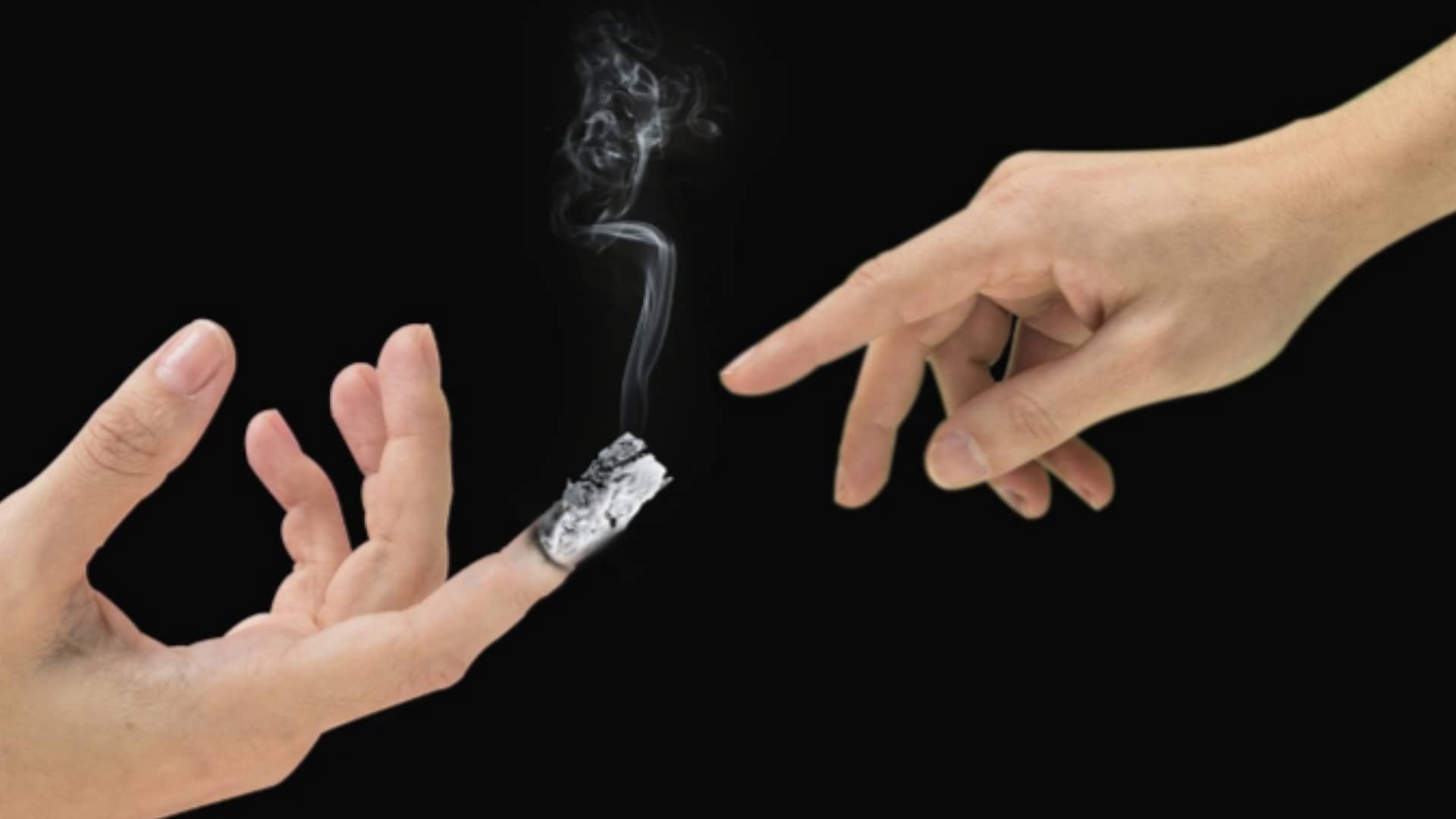Table of Contents
As an assistant, I have seen many people struggle with living with a smoker and the effects of secondhand smoke. Secondhand smoke is a serious health concern. It can lead to various health problems like lung cancer, heart disease, and infections.
In This blog Discover effective tips for living with a smoker and avoiding secondhand smoke.
Safeguard your health and create a smoke-free living environment.
Introduction to Secondhand Smoke
Secondhand smoke is also known as passive smoke or environmental tobacco smoke. Smoke can come from two sources. Firstly, it is the smoke exhaled by a smoker. Secondly, the smoke comes from the burning end of cigarettes, cigars, or pipes.
Secondhand smoke contains over 7,000 chemicals, and hundreds are toxic. Even brief exposure to secondhand smoke can cause immediate harm to your health.
Health Risks of Secondhand Smoke
The health risks associated with secondhand smoke are significant. It can increase the risk of lung cancer, heart disease, stroke, and respiratory infections.
According to the Centers for Disease Control and Prevention (CDC), Since 1964, about 2,500,000 people who did not smoke died from health problems caused by secondhand smoke exposure. Among adults who do not smoke, secondhand smoke causes nearly 34,000 premature deaths from heart disease each year in the U.S.
Children and pregnant women are particularly susceptible to the harmful effects of secondhand smoke.
Tips for Living with a Smoker and avoiding secondhand smoke
1. Create a designated smoking area
If possible, create a designated smoking area outside your home. This will help keep the smoke from entering your living space. Make sure the designated smoking area is away from doors and windows.
2. Use air purifiers
Invest in air purifiers for your home. They can help remove the smoke particles from the air and reduce your exposure to secondhand smoke.
3. Open windows
Suppose the smoker is smoking indoors; open windows to allow fresh air. This will help reduce the concentration of the smoke in the air.
4. Limit the smoking
Encourage the smoker to limit their smoking, especially if they smoke indoors. They can smoke outside or in a designated smoking area.
5. Use natural remedies
Use natural remedies to reduce the smell of smoke in your home. You can use essential oils, vinegar, or baking soda to absorb the smoke odor.
Creating a Smoke-Free Home

Creating a smoke-free home is the best way to reduce exposure to secondhand smoke. If you or a family member is a smoker, quitting is the best option. Here are a few tips for creating a smoke-free home
1. Set a quit date
Set a quit date if you or a family member is a smoker. This will help you prepare for the process of quitting smoking.
2. Remove smoking equipment
Remove all smoking equipment from your home, including ashtrays, lighters, and cigarettes.
3. Clean your home
Clean your home thoroughly to remove all smoke particles and odor. This includes washing curtains, bedding, and clothing. You can also hire a professional cleaning service to help with the cleaning.
4. Use non-toxic cleaning products
Use non-toxic cleaning products to reduce exposure to harmful chemicals. You can clean your home with natural products such as vinegar, baking soda, and lemon juice.
5. Encourage healthy habits
Encourage healthy habits such as exercise, healthy eating, and stress reduction. This will help reduce the urge to smoke and improve overall health
Avoiding Secondhand Smoke in Public Places
Also, to avoid secondhand smoke at home, one needs to be aware of the risks in public places. Here are a few tips for avoiding secondhand smoke in public areas:
1. Choose smoke-free establishments
Choose smoke-free establishments when dining out or going to a bar. Many restaurants and bars have designated smoking areas, so make sure to ask before you go.
2. Use smoke-free public transportation
Use smoke-free public transportation when traveling. This includes airplanes, buses, and trains.
3. Avoid smoking areas
Avoid smoking areas when in public places such as parks or outdoor events. If possible, stay upwind of smokers to reduce your exposure to secondhand smoke.
4. Wear a mask
Wear a mask in public places, especially in an area with a high concentration of smokers.
Secondhand Smoke and Children
Children are particularly susceptible to the harmful effects of secondhand smoke. The American Lung Association states that children who are exposed to secondhand smoke are at a higher risk of developing asthma. Additionally, they are more prone to ear and respiratory infections. Here are a few tips for protecting children from secondhand smoke
1. Create a smoke-free home
Use an Air Purifiers to Create a smoke-free home to protect children from secondhand smoke. This includes not smoking indoors or in the car.
2. Avoid smoking around children
Avoid smoking around children, even if you are outdoors. The smoke can still harm them.
3. Educate children
Educate children about the risks of smoking and secondhand smoke. Please encourage them to make healthy choices and avoid smoking.
Talking to a Smoker About Quitting
Talking to a smoker about quitting can be difficult. Nonetheless, it is essential for their health and those around them. Here are a few tips for talking to a smoker about quitting
1. Be supportive
Be supportive and non-judgmental when talking to a smoker about quitting. Let them know that you care about their health and want to help.
2. Provide resources
Provide resources to help smokers quit, such as nicotine patches, gum, or counseling services.
3. Set a quit date
Set a quit date with the smoker and provide encouragement and support throughout the process.
4. Practice healthy habits together
Practice healthy habits together, such as exercising and eating healthy. This will help reduce the urge to smoke and improve overall health.
Coping with the Effects of Secondhand Smoke
If you have been exposed to secondhand smoke, there are ways to cope with the effects. Here are a few tips:
1. Seek medical attention
See medical attention if you are experiencing symptoms such as coughing, wheezing, or chest pain.
2. Practice healthy habits
Practice healthy habits such as exercising, eating healthy, and reducing stress. This will help improve overall health and reduce the effects of secondhand smoke.
3. Use natural remedies
Use natural remedies such as essential oils, steam inhalation, and herbal teas to reduce the symptoms of secondhand smoke exposure.
Conclusion
Living with a Smoker and avoiding secondhand smoke can be challenging, but there are ways to reduce exposure and protect your health.
Creating a smoke-free home, avoiding secondhand smoke in public places, and talking to a smoker about quitting are all essential steps.
Remember to seek medical attention if you are experiencing symptoms of secondhand smoke exposure and practice healthy habits to improve overall health. With the right resources and support, breathing easy and living a healthy, smoke-free life is possible.




3 thoughts on “Tips for living with a smoker and avoiding secondhand smoke”